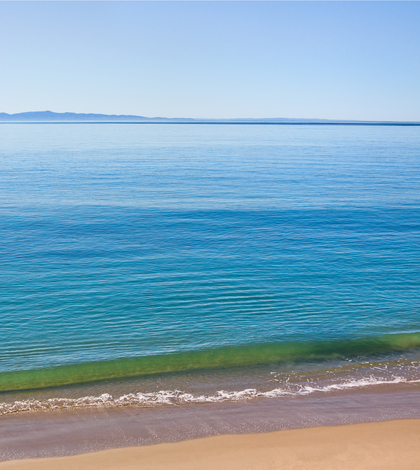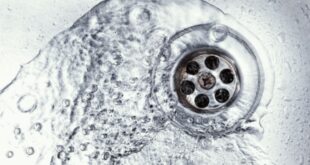The city of Santa Barbara’s Charles E. Meyer Desalination Facility is targeted to be re-activated and actively producing water by mid-May after investing some $70 million financed over 40 years. The desalination plant was originally constructed and operational in the early 1990s. However, due to an abundant rainfall in the 1991-92 water year, the plant was placed into standby mode. With the extreme drought conditions in the past five years, the Santa Barbara City Council voted in July 2015 to reactivate the Meyer Desalination Facility.
The facility is currently in the startup phase and water quality testing has been underway throughout April. The facility will use state-of-the-art technology and design practices to reduce electrical demand and environmental impacts, while providing a critical water supply for the city.
The plant was originally anticipated to be re-activated and supplying water to the distribution system starting last October. That date was pushed back after contaminated soils were found onsite and the city needed to replace the electrical transmission pieces from the original (1990s) facility.
IDE America’s Inc., who created the highly-efficient membranes used at the Claude “Bud” Lewis Carlsbad Desalination Plant, is Santa Barbara’s contractor for the Meyer Desalination Facility. IDE America’s was awarded Santa Barbara’s contract to design, build and operate the re-commissioned desalination plant. IDE America’s Santa Barbara design includes a screened ocean intake structure equipped with openings of 1 mm, diluted and diffused brine discharge, and high-efficiency pumps and motors to reduce the plant’s overall electrical power demands.
The facility will produce nearly 3 million gallons per day, equivalent to 3,125 acre-feet of water annually or about 30% of Santa Barbara’s demand. The desalination facility is part of the city’s water supply portfolio which also includes surface water from Cachuma and Gibraltar reservoirs, groundwater, state water, purchased water, recycled water, and conservation. Even when the desalination facility comes online, water conservation throughout the community will remain critical to meeting the city’s water demands. The city also has the option to expand the facility — at an additional expense — up to the permitted capacity of 10,000 acre-feet of water annually, if future drought conditions mandate the expansion.
In addition to the $70 million to re-activate the desalination plant, the annual operating costs are estimated to be about $4.1 million at full production and about $1.4 million in non-operation or standby mode. The facility could again be placed in a standby mode during rainy periods to reduce operating costs.
 California Water News Daily Your Source For Water News in California
California Water News Daily Your Source For Water News in California


